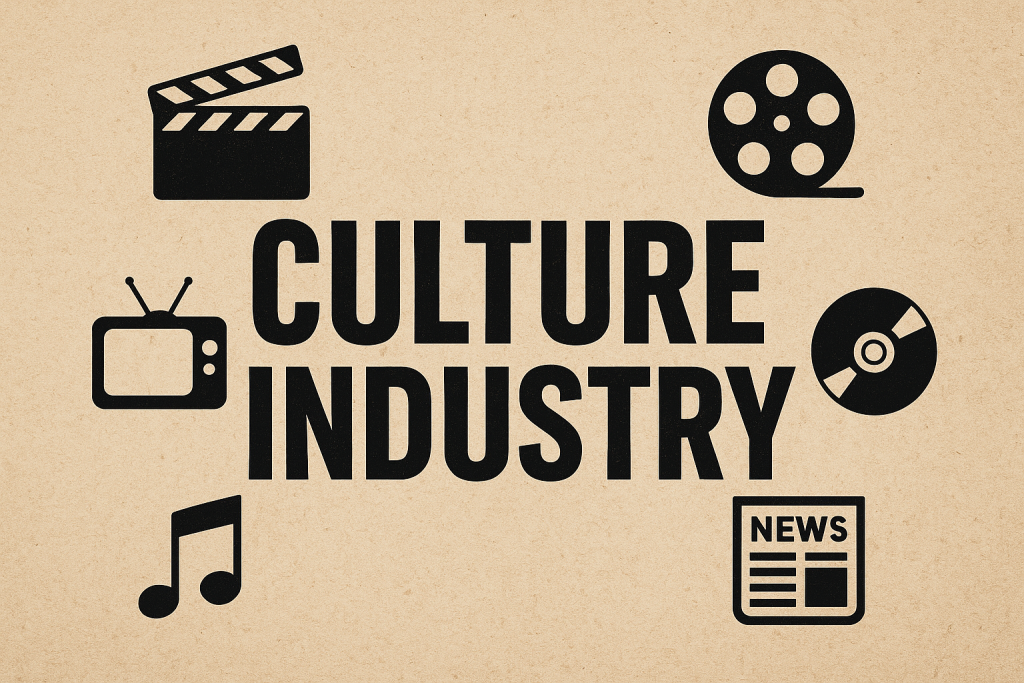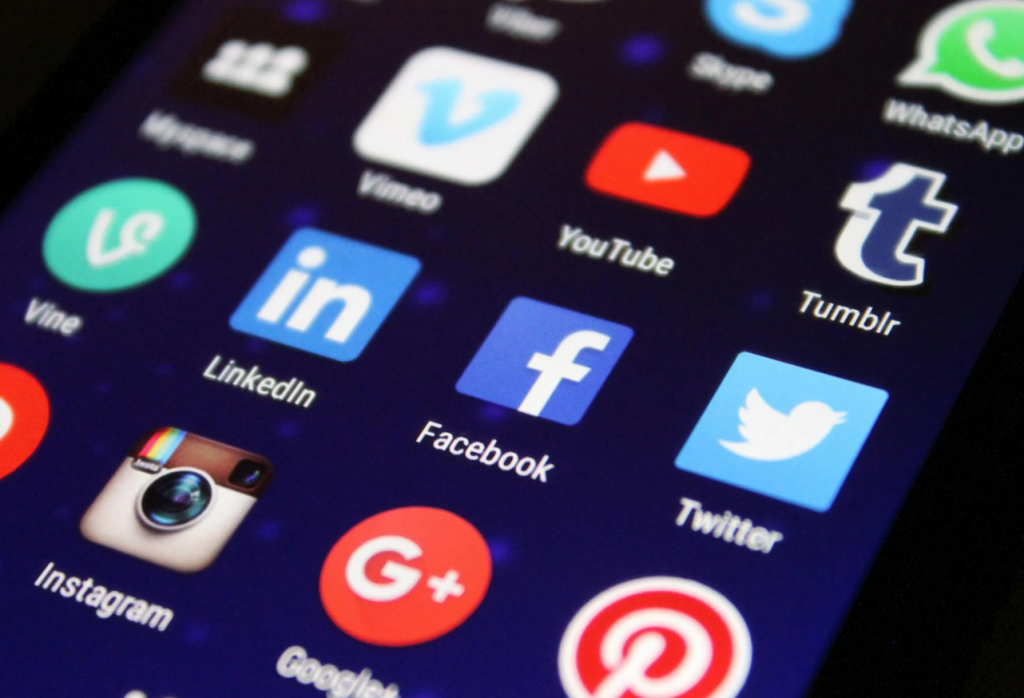What is culture industry?
The concept of “cultural industry” was proposed by Theodor Adorno and Max Horkheimer in “The Dialectics of Enlightenment”, who believed that cultural products in modern capitalist society are produced and disseminated as commodities. Adorno believes that contemporary culture bears the “same imprint” on everything, and media such as film, radio and magazines form an integrated and unified system.(The culture industry:(1944/2012).

The drawbacks of the Culture industry
All mass cultural content tends to be consistent. The truth is that they are merely technical means of the business cultural industry, which have only achieved “standardization and mass production”, sacrificing the inherent differences of the works. In other words, the uniqueness of cultural products has been erased, and diversity has been compressed into a single “mass entertainment”, leaving the audience in a numb and self-satisfied state. For instance, Instagram, as the world’s largest social platform, allows users to shape their “ideal life” and “trendy image” through pictures and short videos. Brands or Internet celebrities sell their images, products, and lifestyles through carefully planned visual narratives. By standardizing visual template filters, posing for Internet celebrities, and using popular tags, a unified aesthetic is created. Many users often imitate it, to a certain extent, many similar content styles appear on Instagram. It is not merely about “sharing” life, but also about “packaging” life as a consumable sample. Brand collaboration and commercial integration have become mainstream. Internet celebrities or brand accounts, through “cultural products”, continuously repeat, produce content and accumulate fans, eventually transform into commercial value. Therefore, the “lifestyle culture” on Instagram has been industrialized, homogenized, and embedded in users’ daily consumption – which precisely conforms to the logic criticized by the cultural industry that “entertainment is anesthesia and culture is a commodity”

Streaming platforms such as Spotify are reinforcing the logic of the cultural industry in new ways. (Kullick and Petry (2025) analyzed that behind digital streaming platforms lies a “future-oriented asset logic”, which has replaced the traditional Ford-oriented commodity-profit model (From Adorno to 50 Cent (2025). Streaming platforms such as Spotify are reinforcing the logic of the cultural industry in new ways. Kullick and Petry (2025) analyzed that behind digital streaming platforms lies a “future-oriented asset logic”, which has replaced the traditional Ford-oriented commodity-profit model. Facts have proved that the research also confirmed this change. Kullick and Petry compared the hip-hop music on the traditional 2002 charts with that on Spotify’s popular playlists in 2022 and found that the new music did not present a richer style but was more homogeneous. The era of streaming media has not democratized the music market as claimed. Instead, it has further promoted the “homogenization” of artistic expression through algorithmic recommendations and the dominance of giants, making today’s music lack the “authenticity” of the past. Newcomers often have to follow the popular trends in their creations
Reference list
The culture industry:(1944/2012). Enlightenment as mass deception Adorno, T. W., & Horkheimer, M. Available at:https://doi.org/10.4324/9781315251196-23
From Adorno to 50 Cent (2025). : Financialized platform capitalism, Spotify, and the culture industry in the twenty-first century. Finance and Society, Kullick, P. N., & Petry, J.1–25. Available at:https://doi.org/10.1017/fas.2025.10015

